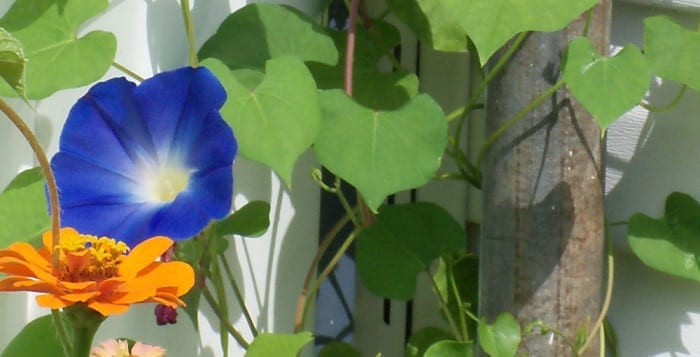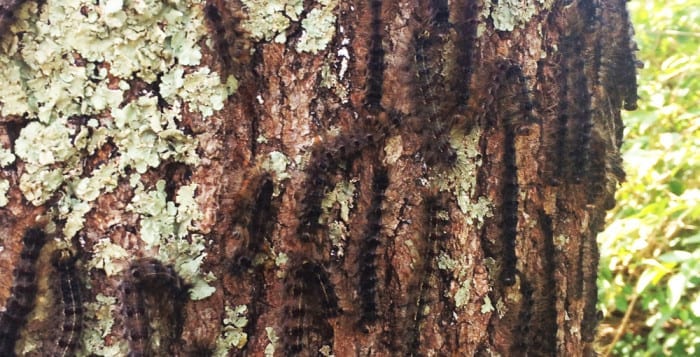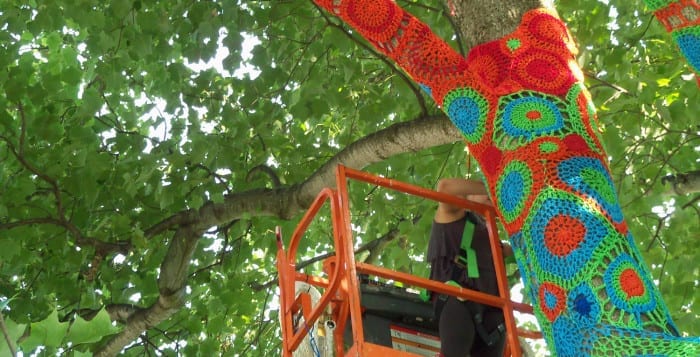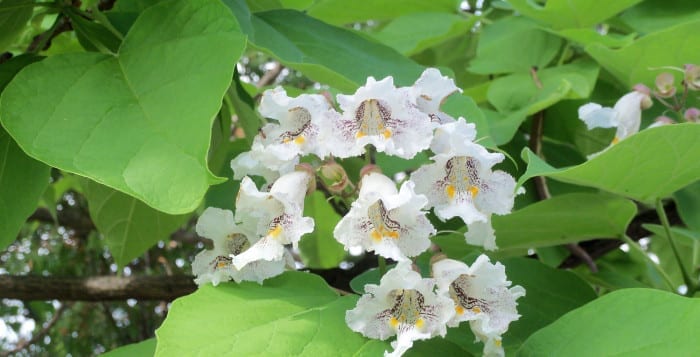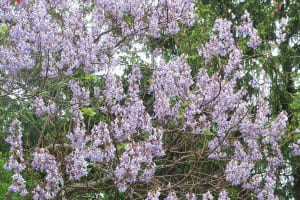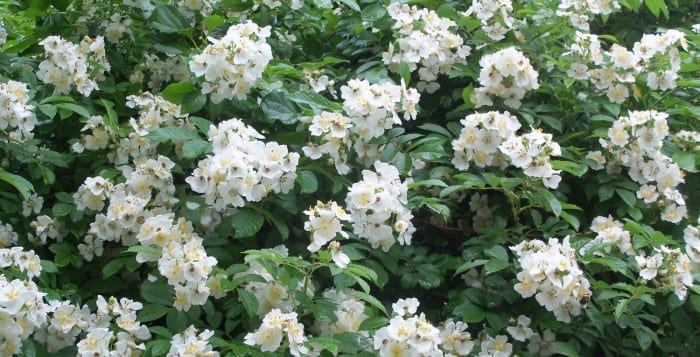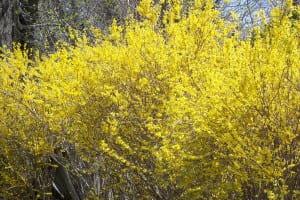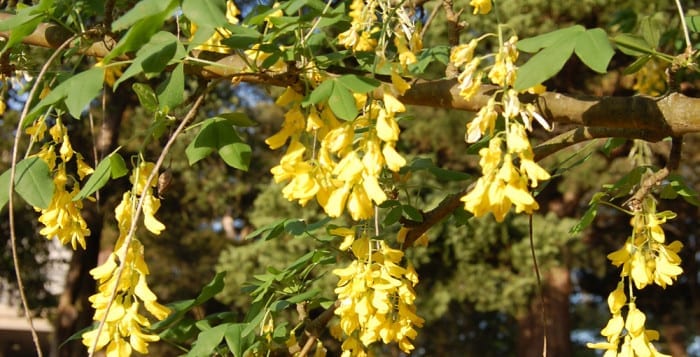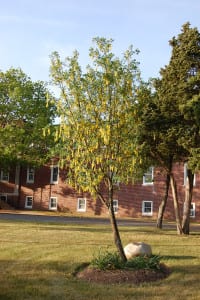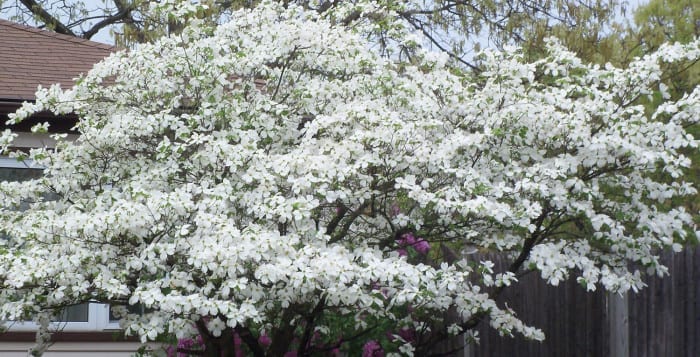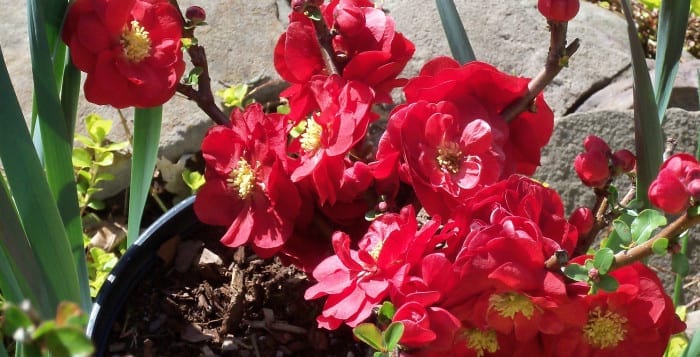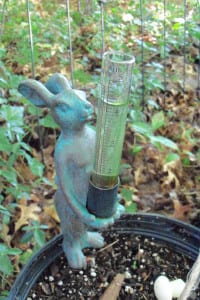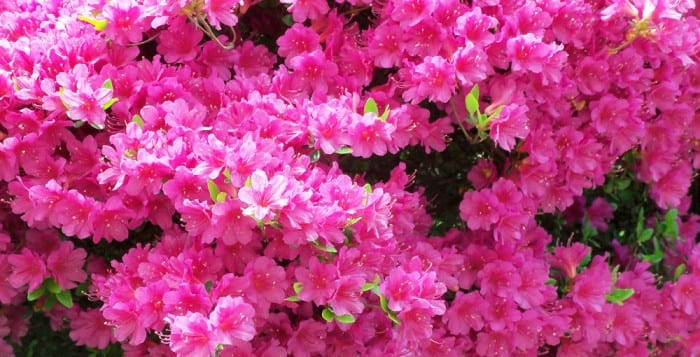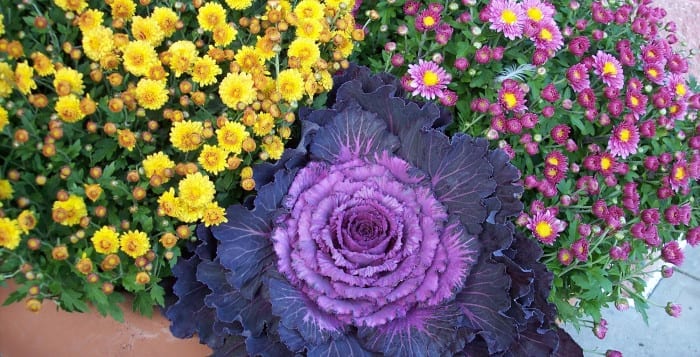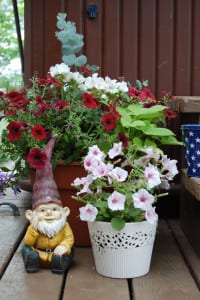By Ellen Barcel
By now, most gardeners know two restraints on Suffolk gardens. Fertilizer cannot be used on lawns before April 1. It must be stopped by Nov. 1. This is to prevent excess fertilizer, which can’t be taken up by plants in the cold weather, from being washed into and polluting the water table and surrounding bodies of water.
The second rule has to do with what plants can no longer be propagated and sold in the county. This is to prevent invasive species from taking over and forcing out native plants. The Do Not Sell list details these plants.
But, in addition, there is a Management list — a list that fewer gardeners are familiar with. What exactly does Suffolk County’s Management list mean and include? The Management list refers to plants which are invasive, but not as invasive as the ones on the Do Not Sell list. Those on the Management list can be legally sold and propagated in the county, but due to their invasive nature, it is recommended that they not be planted on Long Island, “especially by county agencies or for homes near natural habitats.”
Here are some that you may be familiar with or considering planting. Remember, these plants are not illegal to plant and grow, but do you really want to? They’re on the Management list for a reason.
English ivy (Hedera helix) is one that really takes over. Many years ago, when I didn’t know any better, I planted a few small plants. To this day, I’m still pulling out ivy plants. They spread like crazy, love Long Island’s climate and soil, and really take over. If I knew then what I know now, I’d never have planted them.
Katsura tree (Cercidiphyllum japonicum) is a native of Japan and China. It’s grown as an ornamental tree here.
A gardening friend of mine planted several and was told that the tree was relatively slow growing. She was very surprised at how quickly they grew and how large they got. It’s hardy in zones four to nine. It does well in acidic soil. The leaves turn a beautiful red color in autumn, but its aggressive nature makes it a problem.
Asian wisteria (Chinese and Japanese) is absolutely gorgeous, but does take over. Personally, I think it should be on the Do Not Sell list, but that’s just my opinion. Unless you are prepared to control it by pruning and pulling up any volunteers, avoid this one. It does extremely well in Long Island’s climate and soil, needing little in the way of fertilizers. The vines reach for the sun, so you will sometimes see them blooming at the top of trees to which they’ve become entwined. If you must grow these wisteria, train them around a pergola or gazebo and keep the pruning shears handy.
Periwinkle (Vinca minor) has blue flowers and is sold as a ground cover because it spreads so easily. Consider this when deciding to plant — it does spread easily.
Callery pear (Pyrus calleryana or Bradford Pear) is a beautiful tree, which is why it has become so popular, with beautiful white flowers and intense burgundy leaves in fall. It’s relatively quick growing and is the one of the last trees to lose its leaves in fall. In addition, it is disease resistant. All in all a great tree? Well, yes and no. It’s known as a tree whose wood splits easily and it’s not structurally sound — definitely not a good quality. Some produce viable seeds, so they can spread quickly.
Other common plants on the Management list include Common or European barberry, Russian olive, Morning glory, California privet, European privet, White mulberry and Kentucky bluegrass. Cornell Cooperative Extension of Suffolk’s website has a complete list of plants on the Management list; visit www.ccesuffolk.org.
Ellen Barcel is a freelance writer and master gardener. To reach Cornell Cooperative Extension and its Master Gardener program, call 631-727-7850.

